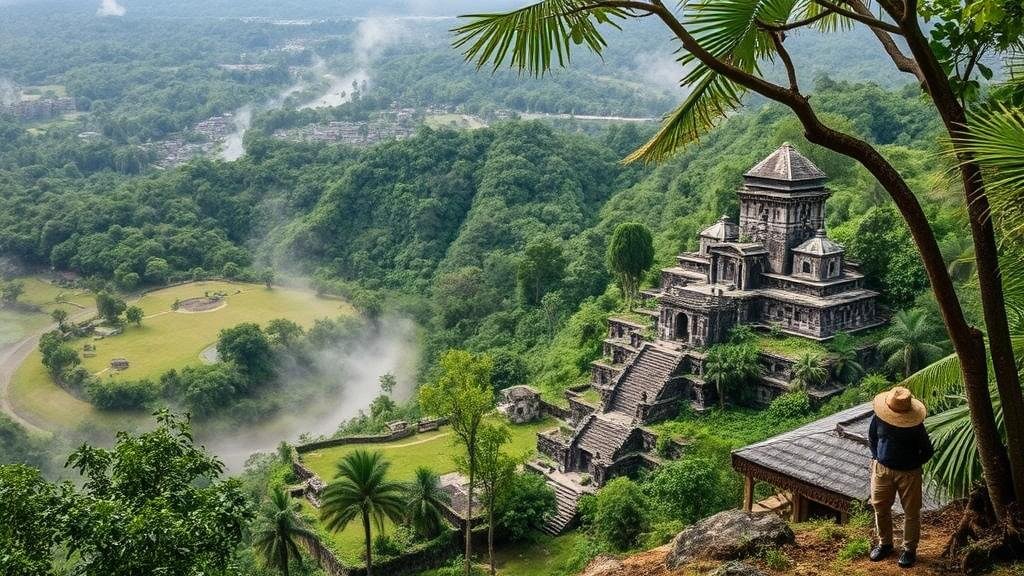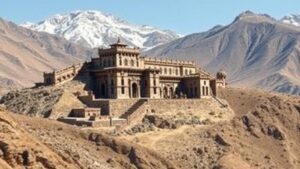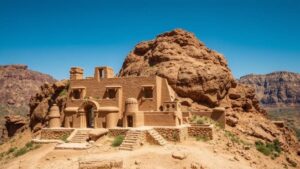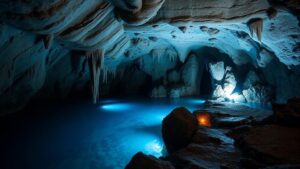Documenting the rediscovery of ancient jungle cities lost to time and nature.
Documenting the Rediscovery of Ancient Jungle Cities Lost to Time and Nature
The quest to uncover ancient civilizations that have been reclaimed by the jungle is one of the most captivating adventures in archaeology. From the dense rainforests of Central America to the sprawling landscapes of Southeast Asia, explorers and researchers are unveiling the remnants of cities that flourished centuries ago. These rediscoveries not only shed light on human history but also highlight the intricate relationship between nature and civilization.
The Mysterious Cities of the Maya
The jungles of Mesoamerica are home to some of the most significant archaeological findings in recent history. Cities such as Tikal, Calakmul, and El Mirador are prime examples of the advanced Maya civilization, which thrived between 250 and 900 AD. Hidden under layers of foliage, these cities were obscured by nature until the advent of modern technology allowed researchers to reveal their grandeur.
One of the most notable rediscoveries occurred in the early 2000s when LiDAR (Light Detection and Ranging) technology was employed to scan the thick canopy of Belize’s rainforest. This groundbreaking method revealed an extensive network of settlements, including thousands of structures previously unknown to researchers. findings dramatically increased the estimated size of the ancient Maya civilization, suggesting that it encompassed nearly 10 million people, contradicting earlier estimates that placed the population at roughly 2 million.
The Lost Cities of Angkor
Another prominent example lies in the remote jungles of Cambodia, where the Khmer Empire once rose to power. The magnificent Angkor Wat, built in the early 12th century, serves as a testament to their architectural prowess. But, the dense forests obscured many of the surrounding cities, making exploration difficult.
Recent archaeological efforts, utilizing satellite imagery and ground-penetrating radar, have unveiled hidden structures and vast urban areas. In 2013, a group of researchers discovered over 60 temples previously unknown to the world. This indicates that the Angkor complex was far more extensive than initially believed, encompassing an area of over 1,000 square kilometers and including advanced irrigation systems that supported large populations.
Challenges in Rediscovery
While the use of modern technology has accelerated the rediscovery process, it is not without its challenges. The delicate ecosystems of these jungles can hide not only structures but also the artifacts that tell the story of their inhabitants. Protecting these sites from looting and environmental degradation is crucial.
- Preservation of archaeological sites
- The impact of climate change on jungle ecosystems
- Balancing tourism with conservation efforts
Plus, the ethical considerations of excavation and preservation involve working closely with local communities to ensure that their cultural heritage is respected and protected.
Real-World Applications of Rediscovery
The implications of these rediscoveries extend far beyond the academic realm. Understanding ancient urban planning, agricultural methods, and social hierarchies can provide insights into contemporary issues such as urbanization, climate change, and sustainable development.
For example, the ancient irrigation techniques used by the Khmer Empire can inform modern water management strategies in regions facing drought. Similarly, studying the social structures of the Maya can help modern societies appreciate and address issues of sustainability and community organization.
Actionable Takeaways
As we move forward, it is imperative to foster a relationship with history that encourages awareness and respect for ancient civilizations. Here are key takeaways from the ongoing exploration of jungle cities:
- Support archaeological efforts through funding or volunteering with non-profits dedicated to preservation
- Educate oneself about local histories and cultures when traveling to regions with rich archaeological significance
- Advocate for responsible tourism practices that protect ancient sites
Documenting the rediscovery of ancient jungle cities enriches our understanding of human history while highlighting the delicate balance between nature and civilization. These findings are not just relics of the past; they serve as a bridge to the future, offering lessons that can guide current and future generations.



